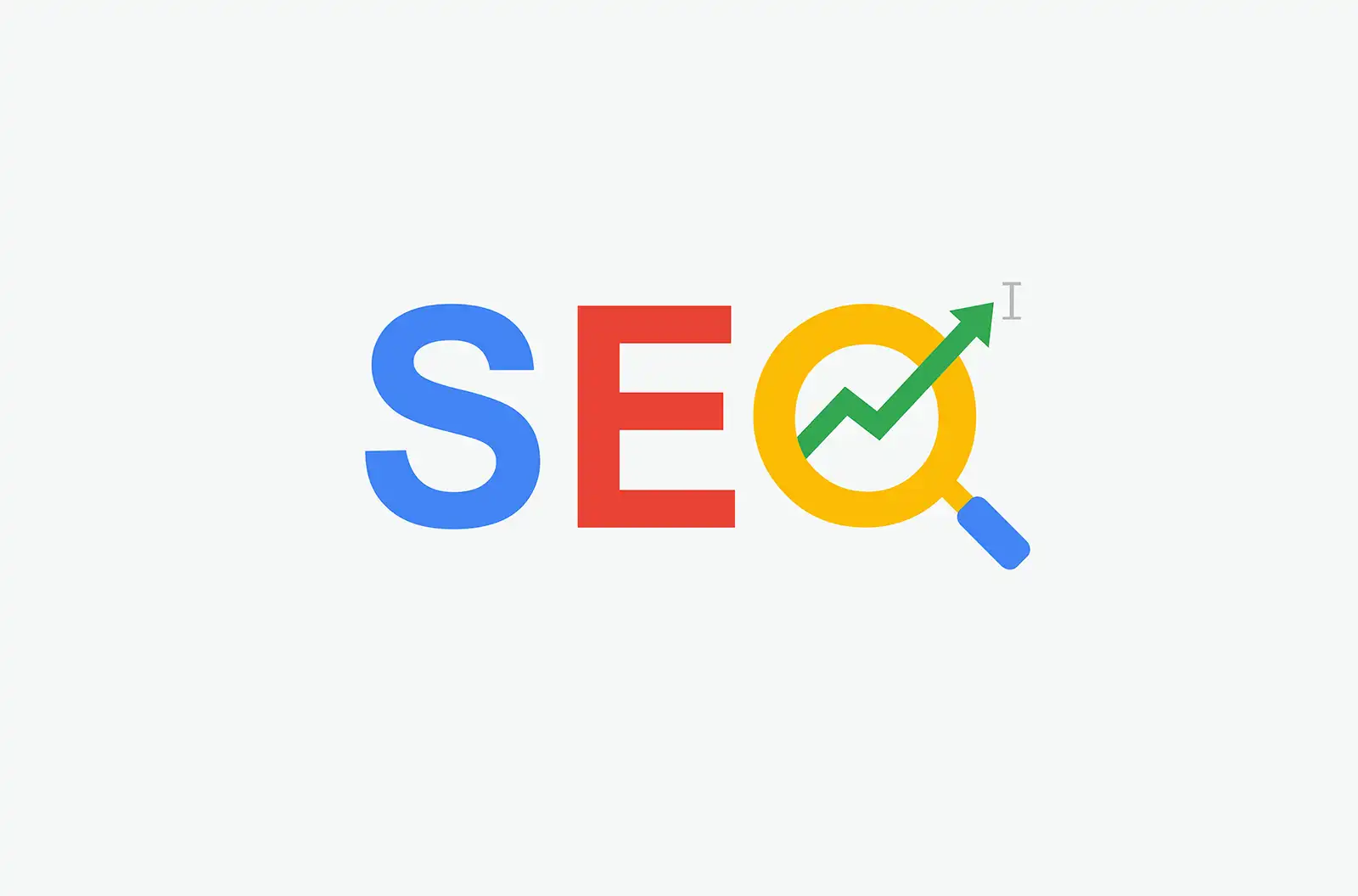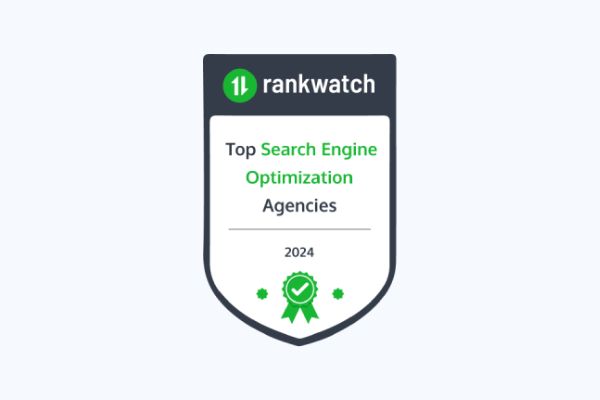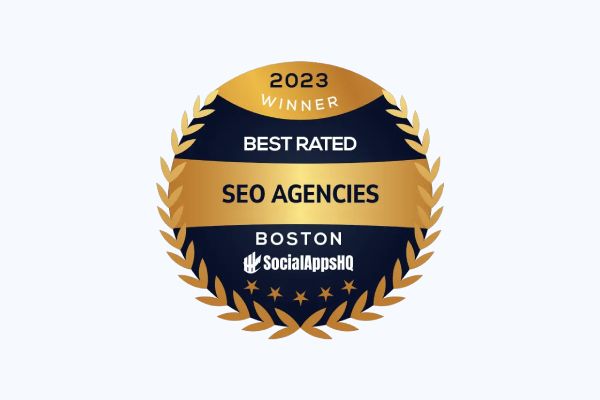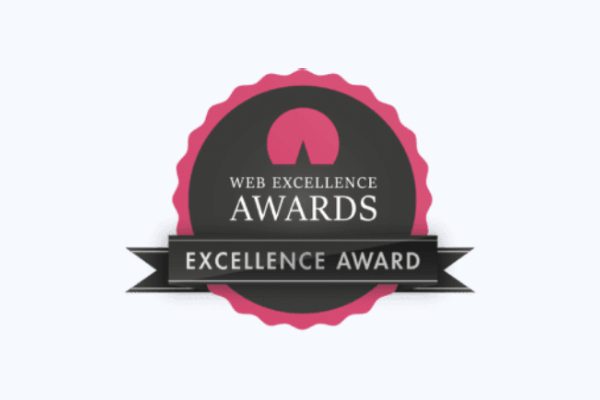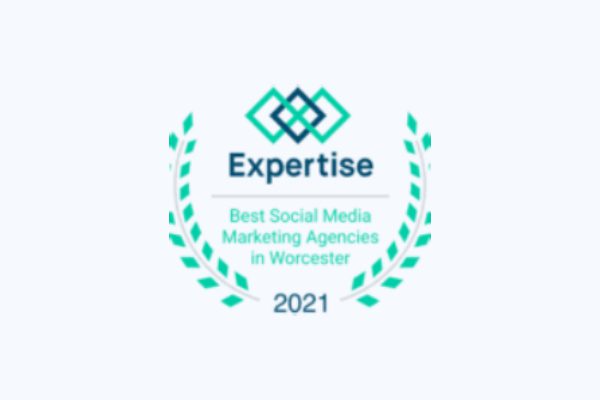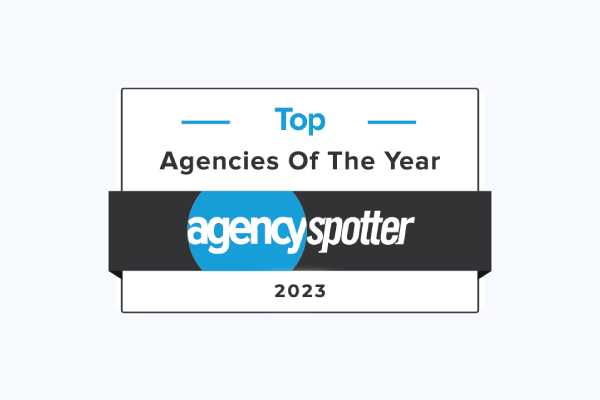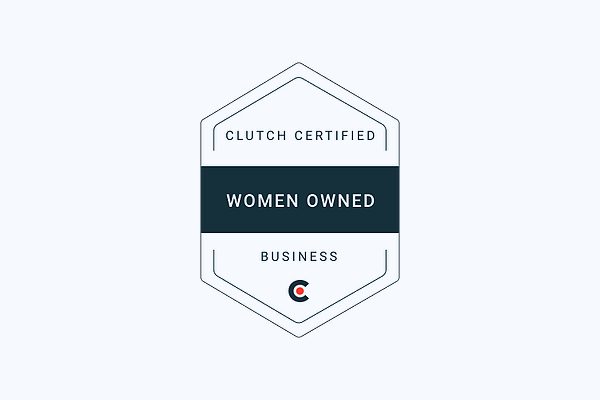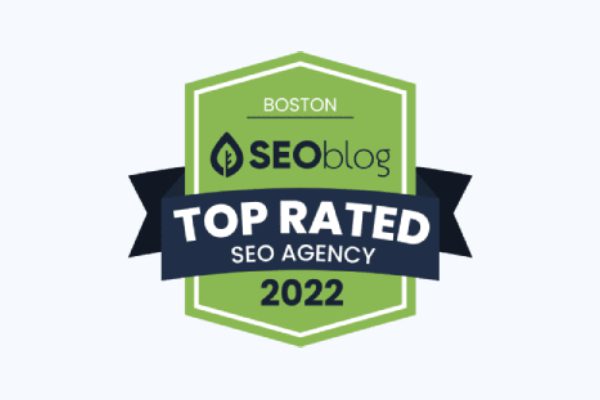Here is your complete guide to improve your blog content and turn it into Rocket Fuel in 2022.
Out with the old content and In with the new they say!
It’s time to get serious about how to improve your blog content. Here is a quick checklist to help you drive more engagement and improve SEO—to enhance both new and already-published content.
Let’s start with the understanding that user behavior and search algorithms are changing all the time.
The most important thing when you improve your blog content or site content:
Google search algorithm is increasingly placing less importance on meta descriptions and the number of keywords—and more on quality, relevance, and user engagement. With this in mind, let’s talk about eight ways you can improve content effectiveness—starting today.
1. Improve, expand upon and update old blog copy
We should all regularly audit and evaluate our older content to determine if we should keep it, drop it, or update it. Business conduct this process in various ways, but we can look at Search Engine Journal’s perspective to give us an idea of what to look for:
| SEJ’s Indicators of High Quality | SEJ’s Indicators of Low Quality |
| Accurate, informative, original, solves problems | No target audience |
| Readable, visual, entertaining, and educational | No goal/purpose |
| Mobile-friendly | Not optimized |
| Shareable | Unsuccessful performance |
There are various metrics you can you to determine how to measure these qualities, although some of it will come down to your personal judgment. Helpful measurements will include including page views, organic traffic, links, conversions, shares, and other signals of engagement.
If page content is out-of-date but still performs well, consider updating it to build EAT scores. Techniques include improving the writing, updating facts and figures, enhancing the format, and adding interesting images and videos, and improving metadata.
2. Improve blog content with formatting and layout
There’s an old marketing adage I remember from decades ago: “People don’t read.” This is truer than ever as readers have more distractions, less free time, and a plethora of media choices. Most readers decide in the first few seconds whether or not to continue reading, so you have very limited time to capture their attention and encourage them to move down the page.
Of the utmost importance are readability and scanability. People want to quickly and easily figure out what the article’s about and where to find the information that’s most important to them. Formatting is an excellent way to help accomplish these goals:
- Create headlines that say what the article about and why they should read it—without hype.
- Use subheads and short paragraphs to break up long blocks of text and increase white space.
- Pick a great featured image and sprinkle other graphics throughout.
- Highlight interesting details with bulleted items, pull quotes, and other techniques for emphasis.
- Represent data graphically through easy-to-read charts, graphs, and infographics.
Crucial Web Design and Digital Marketing Changes You Need to Make
3. Improve engagement on social media with OG and catchy headliners
Social media sites are the major drivers of most web traffic, so make the most of them. One way is by using Facebook’s Open Graph technology (OG) in your website’s html code. This social meta tag allows users to share their website pages directly to their Facebook page with greater control.
Rather than relying on Facebook’s automated content generator, the OG protocol lets you determine the image and excerpt that represent your page on Facebook. These elements are converted to a single clickable image that will send users to the content page. It’s a little like the snippet on a search engine results page.
Using OG tags on your website can influence the performance of your links on social media to increase conversions and click-through rates, with the added benefit of signaling to Google that people are engaging on your site.
You can use paid tools like Yoast SEO Premium to easily automate this process. There are also free tools that will generate the OG code for you to insert into your html based on the information you provide, such as site name, title, url, and images. Just two of these tools are Small SEO Tools FreeCodeTool.
Website Updates that Will Yield Big Results: 10 No-Brainer Fixes for Your Website
4. Leverage internal links to improve your blog content
Simply put, an internal link connects one page of a website to a different page on the same website. Well-placed internal links create natural pathways for users to find out more about topics they are interested in, which provides great value and a better experience.
Whenever you write a web page or blog post, think about how you can link it to other pages on your site. For example, if you have one blog article about big dogs and another on Great Danes, why not link them to each other? If you also have a content offer called “A Guidebook to Caring for Big Dogs,” drive traffic from those two blog posts to that guide’s landing page.
With each click of an internal link, from one page on your site to another, you get another page view and longer session duration time—both important website metrics. These indicators of high user engagement will also signal to Google that you have high-quality content.
5. Improve your blog content with links to other websites
Support your readers’ interests by including external links (also called outbound links) to helpful resources. Just like internal links, external links provide added value for the user. The most successful strategy is to link to relevant, high-ranking pages on well-respected sites that are popular with your audience.
As you provide additional resources for your visitors, you also increase your authority ranking with Google. External links are evidence that you did your research by consulting other high-quality sources. Another benefit is that linking to relevant resources gives Google a better idea of the topic you are covering.
While one or maybe two outbound links can help a blog article, don’t go crazy. You still want to focus on internal links to keep people on your site.
6. Prioritize your messaging to help improve your blog content
It’s important how you present your messaging, to both Google and your readership. For both user experience and search, you want to be clear about the topic of each page, as well as the context of each piece of information on the page. This is where formatting and heading tags come in.
Readers scan headings to get the gist of the page or article and also to find subsections that particularly interest them. It’s pretty much the same for search engines. Google uses heading tags to understand the topic and structure of the content for indexing.
Your h1 and h2 headings are the focus of content SEO and where keyword placement is most important. The h1 tag is the main heading, which should convey what the article is about. Next on the hierarchy are h2 tags, your main subheads. Multiple h2 tags interspersed throughout the page are guideposts that introduce subtopics in an organized, logical way.
The hierarchy continues down to H6, although it’s generally not necessary to go beyond the h3 level. Since H3 and lower levels are less relevant to SEO, the focus on keywords is decreased. This gives you more room to be creative. Have fun with these smaller subheads and focus on capturing reader interest and keeping them engaged.
7. Encourage social media shares
Promoting your content social sharing is the most effective way to expose your content to more potential leads. It’s also the most prominent way to drive traffic to your site. For SEO, while social media is not a direct SEO ranking factor, experts agree that social media signals have a high correlation with ranking position.
An important factor is that each click from social media to your website counts as a valuable backlink (also called an inbound link) to your website content. Add other links to your site within a post and you further expand the opportunity for backlinks. And of course the more links to your content, the more opportunity for user engagement and conversions.
Some people focus too much on posting frequency. What you want to do is create a strategy that focuses on maximizing sharing and engagement. First, start by insisting on high-quality content. Next, ask yourself the following key points and use the answers to start building your strategy:
- Which channels are most popular with your audience?
- Identify your audience’s behavior and intent when they go on each channel.
- What does research show about the most effective posting frequency on each channel?
- What days and times does your audience visit social media platforms?
- Identify and utilize the type of content they engage with the most.
Regardless of its direct impact on SEO, a smart social media strategy that promotes high-quality content will bring you greater exposure, boost click-throughs, and create backlinks—and most likely improve your page rank.
8. Revisit your fonts and typography
Choosing the right fonts is an important design decision. Have you ever been on a website where the font is too small or doesn’t have enough contrast against the background color? If so, you probably didn’t stay very long.
Here are some common rules of thumb:
Size Matters:
A common rule of thumb is that the ideal font size for the main body text is 16 pixels—neither too large nor small. But there are also font trends, and right now big fonts are in. Not only do they improve overall readability, but they enable access for the 8.1 million people with visual impairment. That’s 3.3% of the population that you could lose if your fonts are unreadable. In addition, large fonts can be fun, engaging, and direct the eye toward key information.
Keep It Simple:
You’ll want to limit the number of fonts you use—perhaps one for headlines, one for subtitles, another for body copy, and maybe one for content where you want special emphasis, such as quotes. You also don’t want to go crazy with color; usually, two is enough.
Don’t Crowd:
Dense pages are visually unpleasing and hard to read. Having enough white space looks more professional and helps people focus on what’s important. Look at the white space between lines and paragraphs, margins around images, and overall design—then declutter and make room as needed.
Convey Your Brand:
Having a font that is a mismatch with the brand can also confuse the reader or cause mistrust—such as an investment company site that uses a kooky lime green font instead of one that conveys strength, respectability, and trustworthiness.
Boost the value of your content in 2022
Bring on the New Year with a bang, by reinvigorating your blog content for SEO.
These 8 tips should get you well on your way to getting a better page ranking. By playing by Google’s rules, you’ll bring more people to your website and increase user engagement.


